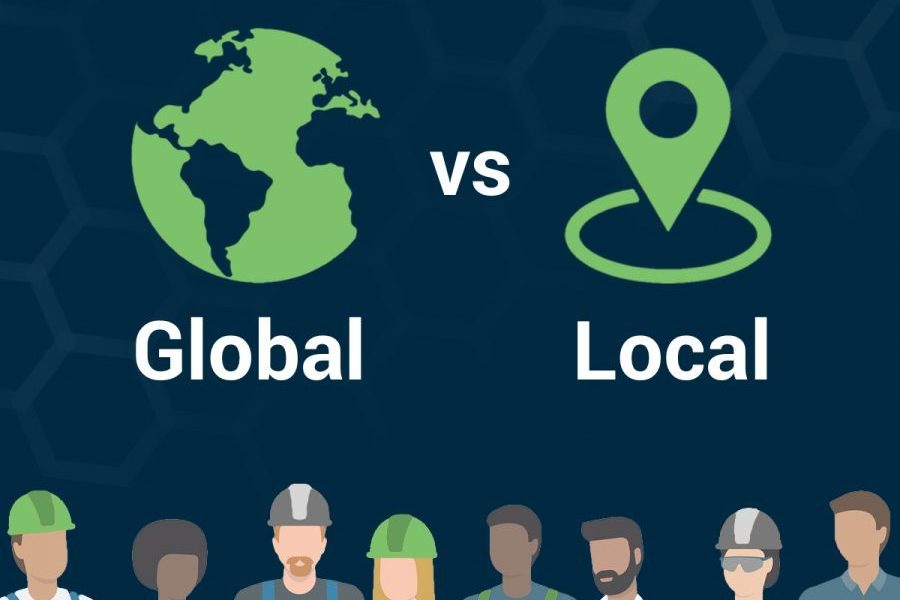
NHD Blog
Discover the top 5 health checks for contractor management during turnarounds and shutdowns. Learn how to improve planning, safety, scalability, cost management, and performance tracking to ensure successful, efficient operations
The need for efficiency, visibility, and compliance in contractor management has never been greater, making the digitalization of contractor management processes not just a strategic advantage but a necessity. In this blog, we will explore why digitalizing contractor management should be a top priority for companies looking to stay competitive in the face of growing operational challenges.
Our conversations with numerous companies consistently reveal a common thread: invoicing stands out as a substantial source of frustration and inefficiency for both internal staff and external suppliers. However, it’s crucial to recognize that this invoicing pain often signifies deeper fractures within the broader contractor engagement and management processes.
This is part 2 of our series which delves into five emerging trends asset-intensive companies can expect from their contractor workforce in 2024. We highlight trends related to Contractor and services management programs, contingent labor programs, VMS trends, and how AI can be leveraged as a cost-saving channel to support contractor agreements.
Given that blue-collar contractors can represent upwards of 80% of an asset-intensive company’s labor engagements, it is important to be aware of the trends impacting this labor group if you are workforce planning for an asset-intensive company. Knowing what to expect can save asset-intensive companies time and money as they prepare for changes taking place in the contractor industries.
Can Savings Shift Their Shape? In today’s highly digital world, chances are pretty good that you have at some point been impacted by or actively participated in a software implementation or update. Acquiring new software or making upgrades can certainly rack up the savings, but it can also create the opportunity for savings to turn into hidden costs if the company is not careful in how they approach the changes.
There are three primary types of software that we will explore in this article: Source-to-Pay, Contractor Management Solutions, and Vendor Management Solutions. Knowing what each type is designed to support and how to properly incorporate them into your software network can empower you to make strategic decisions that establish a lasting legacy of success for your company, and it all starts with remembering the basics.
Managing a global contractor program in an asset-intensive industry comes with a high degree of complexity and is regularly impacted by outside forces that affect how business is conducted. As companies in these industries are looking to gain more visibility and improved oversight to their contractor engagements on a global scale, how can they navigate the amplified complexity with a Contractor Management Software?
Oilfield services companies play a critical role in supporting the oil and gas exploration and production sector, providing essential expertise, equipment, and services to enable the successful execution of complex projects. In many instances, these companies rely on 3rd party service providers to fulfill specific components or execute entire turnkey projects on their behalf. While this arrangement offers several benefits, it also introduces a layer of complexity for oilfield services companies to effectively manage these 3rd party service providers.
It may seem counterintuitive to rush out and purchase software in financially challenging times. However, investing in the right software solutions during all these challenges can be a strategic move that yield long-term benefits for businesses. By leveraging technology to optimize processes, improve management, and stay competitive in a rapidly evolving market, businesses can position themselves for growth and resilience, even in uncertain times.





















